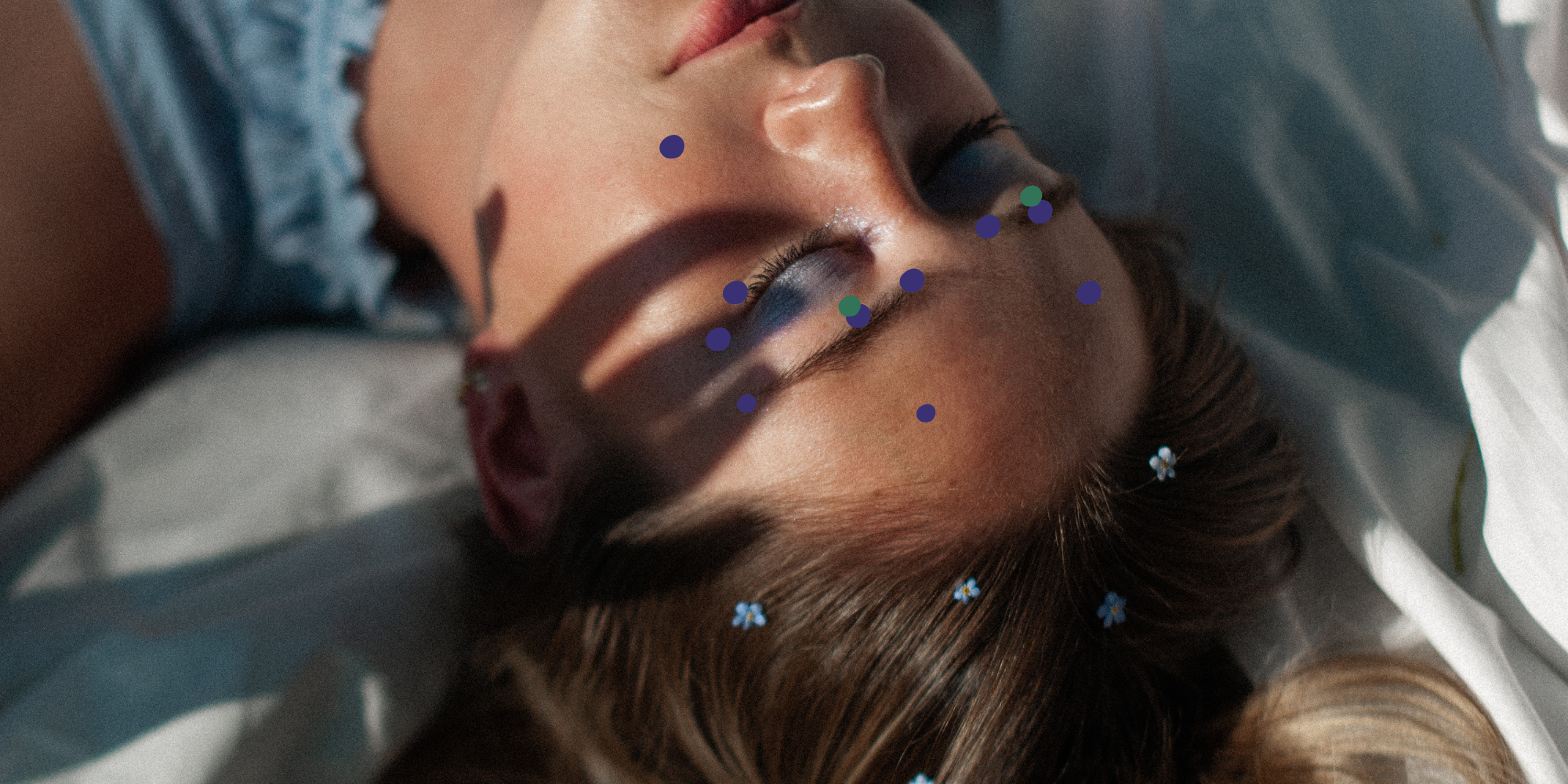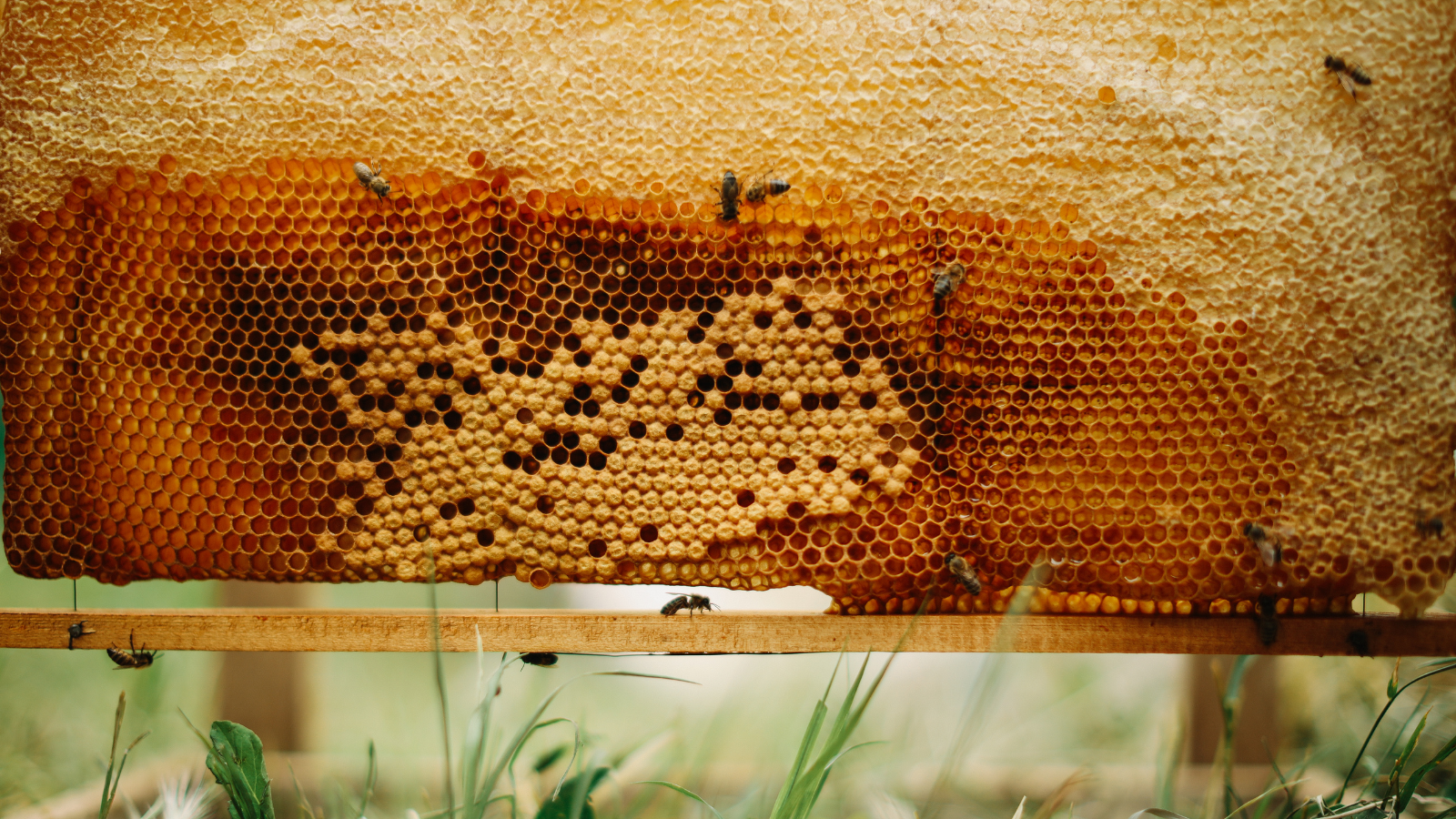Article: The Art of Acupressure: Rest, Balanced

The Art of Acupressure: Rest, Balanced
Where Touch Becomes Ritual: The Art of Acupressure
For centuries, acupressure and aromatherapy have been used to calm the mind and restore balance. Today, we’re looking at how these traditions continue to shape modern rest rituals — including the idea of gently weighted masks for facial tension release, deep relaxation, and intentional stillness.
A Modern Reconnection to an Ancient Art
In a world driven by constant stimulation, finding stillness invites intention. Long before “wellness routines,” there was touch. One of the most enduring examples is acupressure — a traditional practice rooted in the idea that applying steady, intentional pressure to specific points on the body can help ease tension, quiet the mind, and support internal balance.
Acupressure is historically linked to traditional Chinese medicine. Practitioners have described the body as a connected network of channels (often called meridians) through which energy, or qi, flows. Gentle, focused pressure on certain points was believed to encourage that flow back into harmony — especially during times of stress, fatigue, or emotional overwhelm.
“The ritual of rest is not about escape — it’s about returning home to the body.”
Origins of Pressure — What the History Reveals
Early references to acupressure and related techniques appear in classical medical texts such as the Huangdi Neijing (The Yellow Emperor’s Classic of Internal Medicine), dating back over 2,000 years. These texts describe physical points on the body where pressure could help release discomfort, calm agitation, or restore a sense of grounded ease.
While the language around “energy flow” is traditional, modern interpretations often describe acupressure in muscular and neurological terms: steady pressure may help muscles release, encourage deeper breathing, and signal the body to downshift out of a high-alert state. Clinical reviews suggest acupressure can support sleep quality, reduce perceived stress, and relieve certain types of headache or facial tension for some people.
How It Works — The Science of Gentle Pressure
When you apply slow, even pressure to the body, several things can happen:
- Muscles in that area begin to soften instead of “holding up” against daily tension.
- Breathing often slows and deepens, which is associated with relaxation responses in the body (sometimes called “rest and digest”).
- Your attention is pulled inward. You become aware of sensation instead of mental noise. That alone can feel calming.
Some studies describe this as a shift toward parasympathetic activity — essentially, the body leaving a stress state and entering a recovery state. While research is still growing, many people report that acupressure-style practices help them unwind, fall asleep more easily, or relieve built-up facial and head tension.
Stillness isn’t “doing nothing.” It’s choosing something deeply regulating — like slow breath, grounding touch, and intentional rest.
From Pressure Points to Face Ritual
Traditional acupressure often focuses on the body (hands, feet, shoulders, scalp). But modern stress lives in our faces, too — the brow that stays furrowed, the jaw that stays clenched, the eyes that never quite stop focusing, scrolling, reacting.
Applying evenly distributed weight across the brow, eye area, temples, and forehead can encourage those small, overworked muscles to let go. This idea is part of why weighted eye masks and weighted acupressure masks have become part of many people’s wind-down ritual: they create a moment of held pressure that says “you can release now.”
While a weighted mask is not the same as a practitioner applying pressure to specific acupoints, it’s inspired by the same core principle — steady touch that invites the body to relax on purpose, instead of only relaxing when it’s exhausted.
The Role of Scent — Aromatherapy as a Sensory Anchor
Alongside touch, scent has always played a role in calming rituals. Lavender and chamomile, for example, have long been associated with easing restlessness and supporting a more settled state before sleep in traditional herbal practice. These plants are often used to promote relaxation and reduce feelings of stress or mental agitation.
Here’s why pairing aromatherapy with gentle pressure feels so effective to many people:
- Touch grounds the body. The gentle pressure can signal safety and containment — similar in concept to how weighted blankets help some people feel soothed.
- Scent guides the mind. Calm, familiar aromas encourage slow inhalation and longer exhales, which can deepen the relaxation response.
Together, they create a multi-sensory experience: you’re not just thinking “I should relax,” you’re physically experiencing cues of relaxation.
How to Try the Ritual Yourself
You don’t need a full spa setup to explore acupressure-inspired rest. You can build a simple ritual at home:
- Create a quiet pocket. Dim light. Silence notifications. Give yourself permission to pause.
- Find gentle pressure. Rest a comfortably weighted object or mask across areas that hold tension (forehead, eyes, temples). Adjust until it feels supportive, not forceful.
- Add scent with intention. Lavender, chamomile, or other calming botanicals can act as a cue to exhale and let go.
- Stay with it. Remain in that stillness for 20–30 minutes. Notice when your jaw softens. Notice when your shoulders lower. Stay there a little longer.
This is not “fall asleep instantly.” It’s “train the body to remember calm.”
Why This Matters Now
We spend so much of our day slightly braced — shoulders lifted, eyes focused, thoughts racing. That subtle “always on” state is draining. Rituals built on touch and scent are, in many ways, a response to that modern fatigue. They remind the body what it feels like to be supported instead of stimulated.
Acupressure, as a tradition, speaks to balance. Aromatherapy, as a companion, speaks to mood. And modern tools — including intentionally weighted masks designed to apply balanced pressure across the face and head — bring those ideas into everyday life in a way that’s accessible, repeatable, and personal.
A Ritual That Keeps Evolving
Acupressure isn’t a trend; it’s an old language of care. What’s changing is how we bring that language into the present. Today, we’re not only talking about “treatments,” we’re talking about micro-rituals — 20 quiet minutes before bed, a sensory pause between meetings, a way to downshift the mind before sleep without immediately reaching for a screen.
In that sense, the renewed interest in acupressure is really about something deeper: the desire to feel grounded in our own bodies again.
In Summary
- Acupressure is a traditional practice of calming the body through intentional pressure.
- Modern science suggests that steady pressure can help muscles release, encourage relaxation, and support better rest for some people.
- Aromatherapy adds a second channel — guiding the mind toward softness and ease.
- Weighted facial masks are one contemporary expression of this ritual: pressure to settle the body, scent to settle the mind, stillness to reset the day.
Ultimately, the invitation is simple: slow down, apply gentle pressure, breathe, and let your body remember what calm feels like.
Shop the Ritual
Bring this ancient ritual into your daily routine. Explore the Weighted Acupressure Mask and aromatherapy blends designed to calm the body and quiet the mind.
Weighted Acupressure Mask Essential Oils Collection




